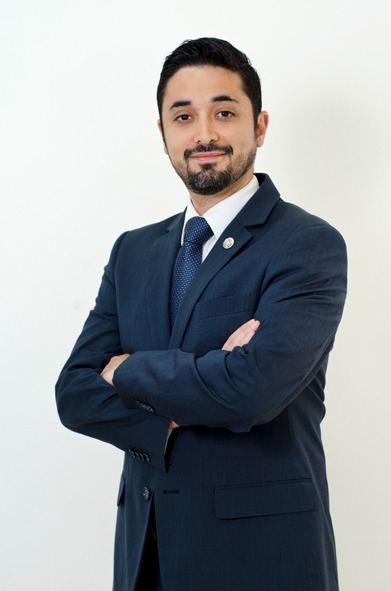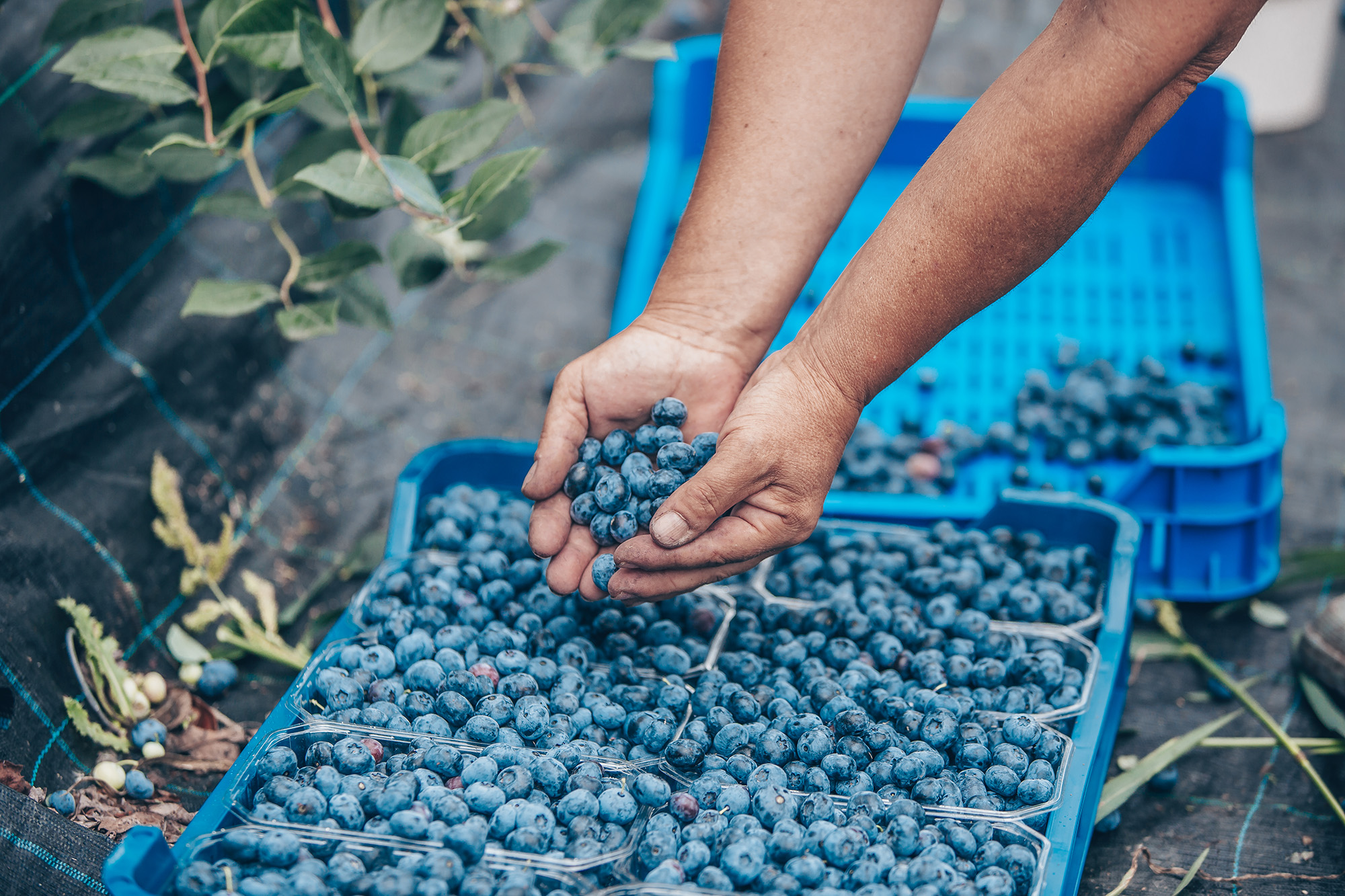Q&A: Ecuadorian blueberry introduces new industry leader
The Ecuadorian Federation of Blueberry Producers and Exporters (FEPEXA) elected its new board of directors last week. The engineer Luis Ponce, general manager of Nobis Fruit Company, is its new president who is confident that the blueberry market in Ecuador has great potential and must grow.

To learn more about the guidelines of his administration and the projections of the Ecuadorian industry, FreshFruitPortal.com spoke with Ponce, who said that the Federation will encourage the new areas of investment to be first class and with an international standard so that Ecuador is not seen as a distant destination, but as a market that has quality fruit.
What is the current state of the blueberry industry in Ecuador?
We are expanding, because the blueberry market in the country is still very new and consumption is still low compared what other countries consume. Regarding planted acres, it is also small, we are at around 740 acres and most of it is for domestic consumption. The export industry is still not ready, there is a lack of investment in equipment and machinery.
What are the main destination markets?
We have exported to the United States. This year we sent to Europe and Asia by air, but these are small volumes. Last year we exported around 1.5 million dollars, which corresponds to approximately 100 tons.
What are the main challenges of your management?
The change of presidency intends to expand the growth of the blueberry in the extension of plantations at the local level, to aim for an export.
Ecuador still has many challenges regarding blueberries, mainly to increase the per capita consumption of the product in the country. And it adds to the challenge of combating the smuggled fruit that enters Ecuador from Peru. It could help us to improve the local product and, obviously, also be a little more competitive when we can export a larger volume.
We are aware that Ecuadorian fruit is of very good quality, due to the different climates we have in the country, and we intend to attract more local products.
What are the climatic characteristics of Ecuador?
There are many companies affiliated with the Federation that are dedicated to bringing the best genetics. We are also very well connected, both by sea and air.
In addition, we have particular weather conditions, since we can reach from 5° to 30° Celsius on the same day, which helps to have high brix degrees in the fruit and a very particular flavor.
How do you seek to work on the issue of fruit smuggling?
It is a very complicated issue because it is initially up to the government, but we know the difficulties it currently has and the priorities that exist in security issues in the country.
We believe that by articulating certain industry actors, we could do something, maybe not avoid smuggling 100%, but prevent it from reaching the shelves of the most important supermarkets in the country.
In Ecuador, we still have higher production costs than in Peru and obviously, this means that companies do not have the expected returns.
What is the situation in Ecuador in terms of financing possibilities for producers to increase their acreage?
Financing exists and especially now, banks are a little more open to listening to production projects. There are also companies in Ecuador that are dedicated to bringing international investment, precisely for productive projects.
We are working from the Federation to try to get the government to help us from the public banks to offer these credits, but always with the support of the Federation so that it is not a shot in the dark.
What are the main varieties grown in Ecuador?
We have old varieties and we have companies that have Eureka, which are closed. Hortifrut has almost 70 hectares of its varieties. There are some varieties, especially new ones, which are positioning themselves well. Smaller scale production is made up of Biloxi and Emerald, with about 50%.
How do you see the development of the industry in Ecuador in the coming years?
The plantations in Ecuador are going to grow, for this, we must articulate certain actors that are still dispersed, in addition to bringing investment or foreign producers who want to produce fruit perhaps of higher quality and, above all, that can produce 365 days a year.
We hope that by 2030 we will exceed one thousand hectares of production; we believe that by articulating these actors and bringing in the necessary investments we can achieve this, but with a special focus on quality, and that they will be available on the shelves of international supermarkets all year round.
16.08.24
Source: Freshfruitportal.com







